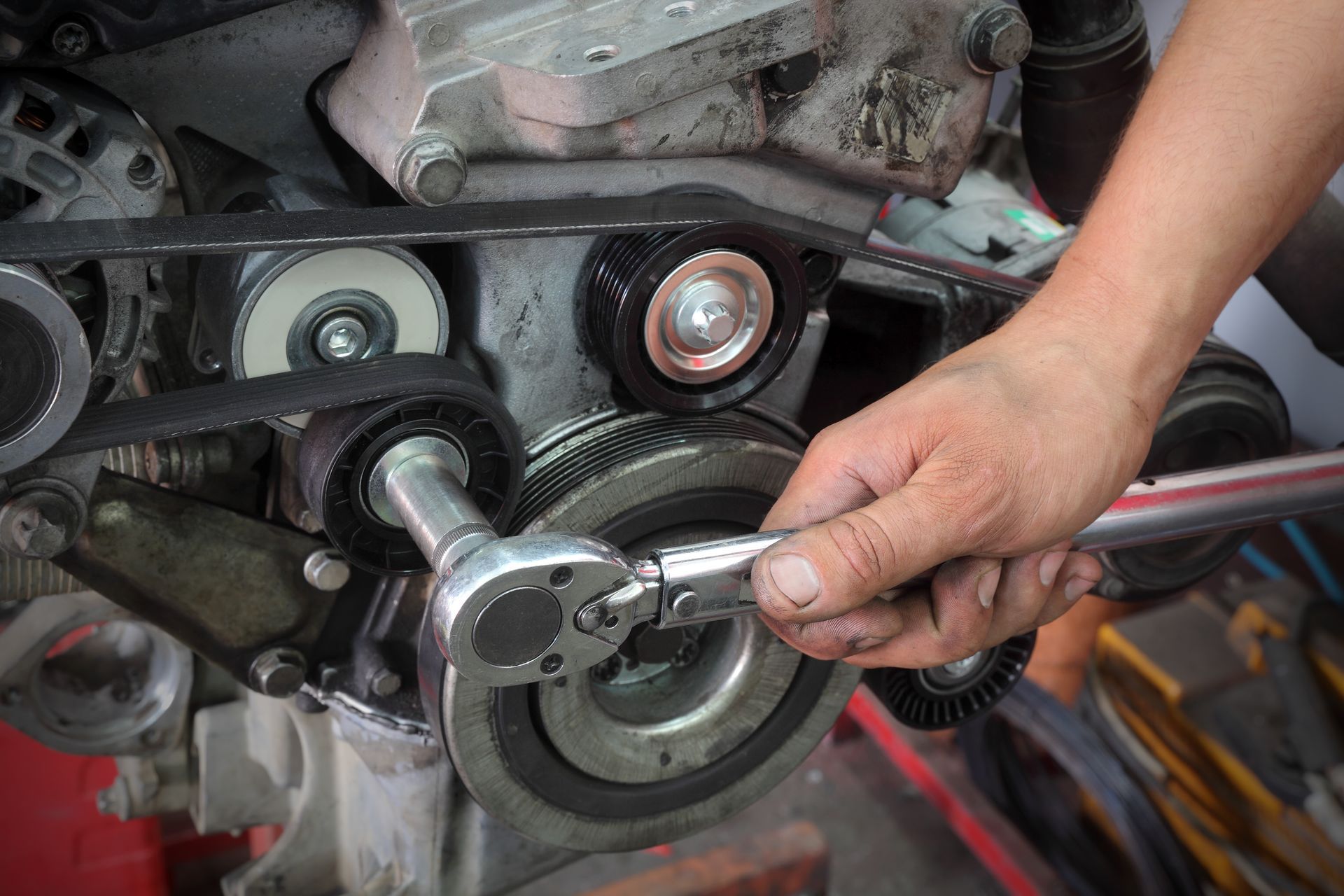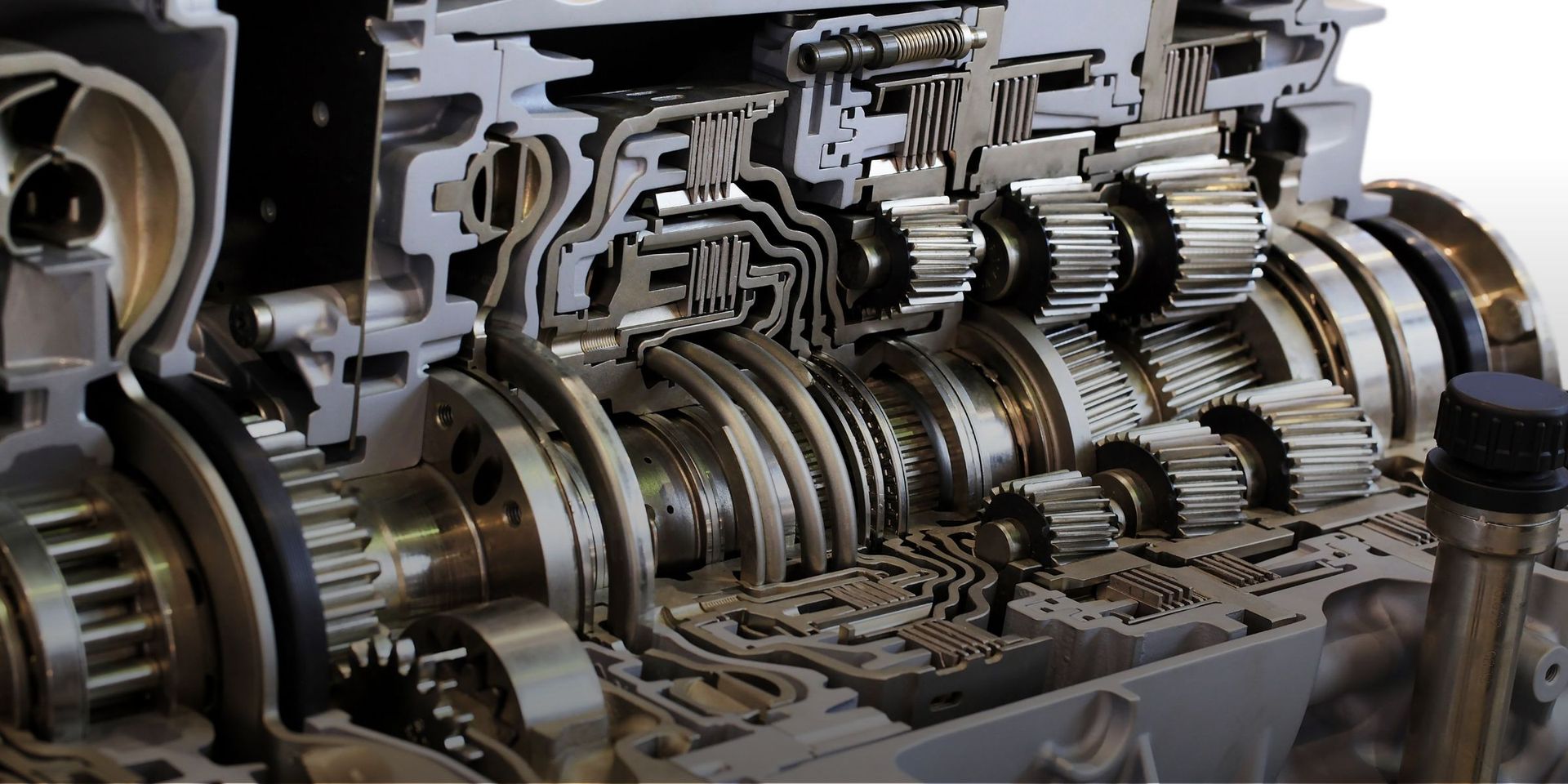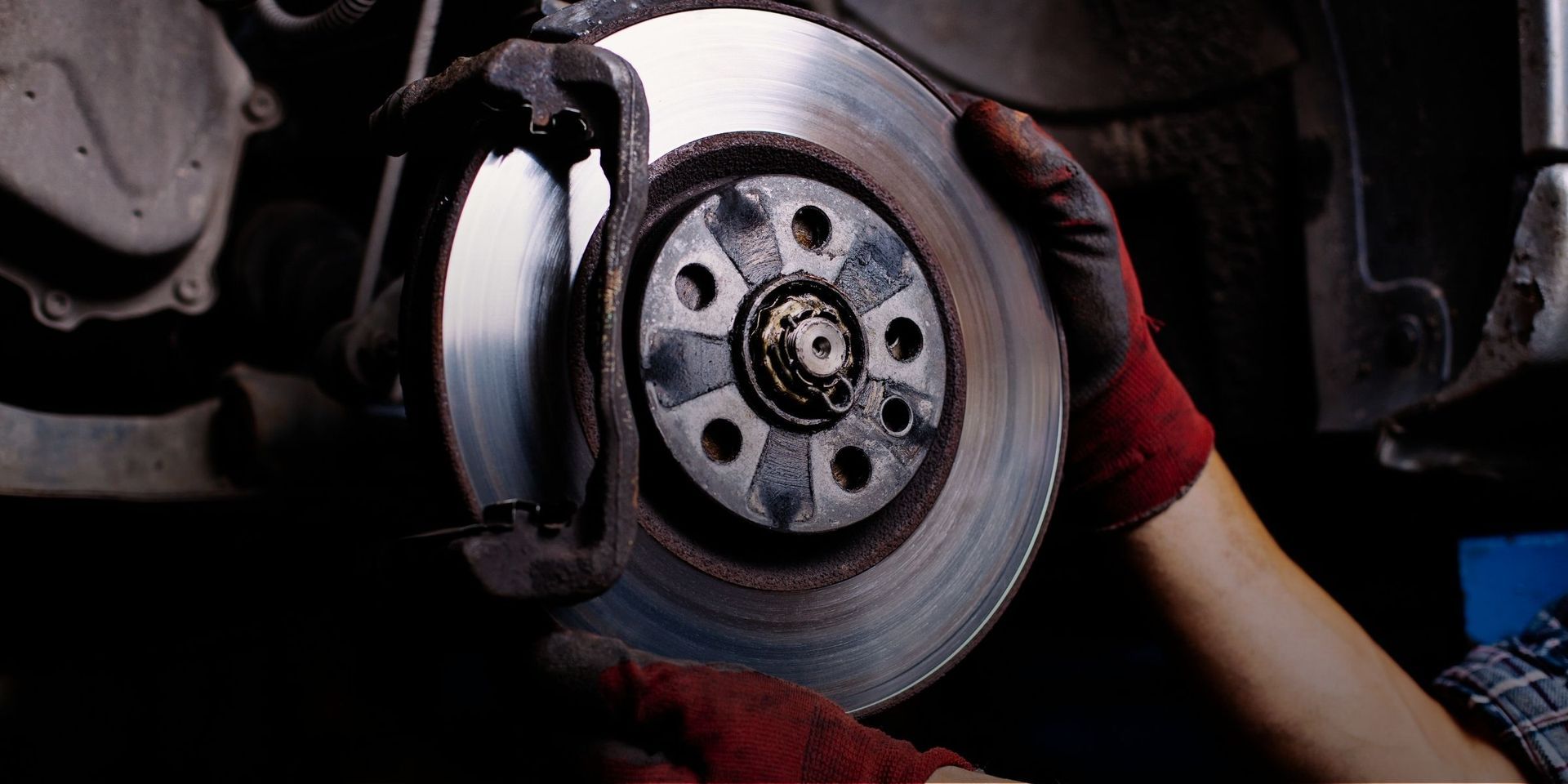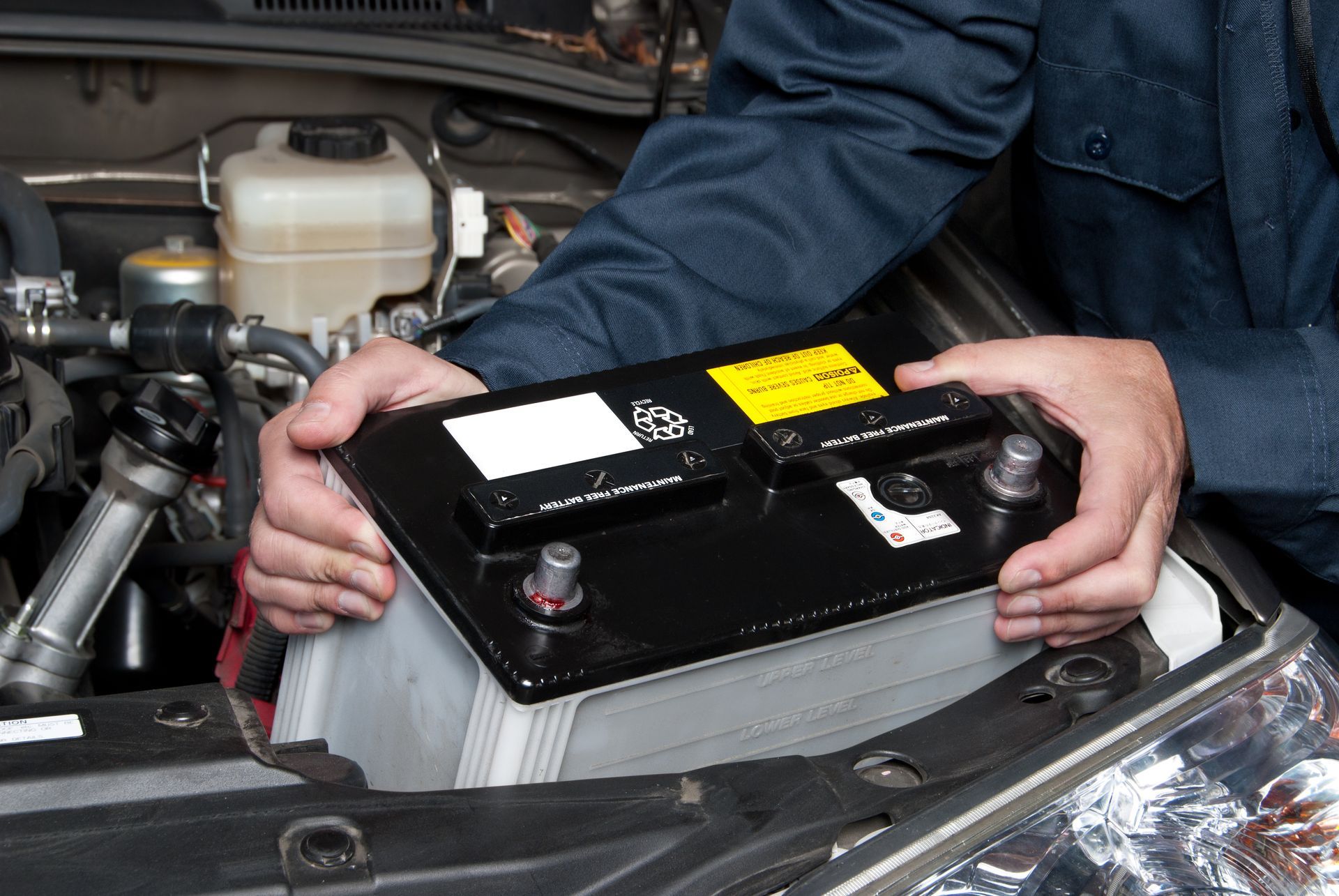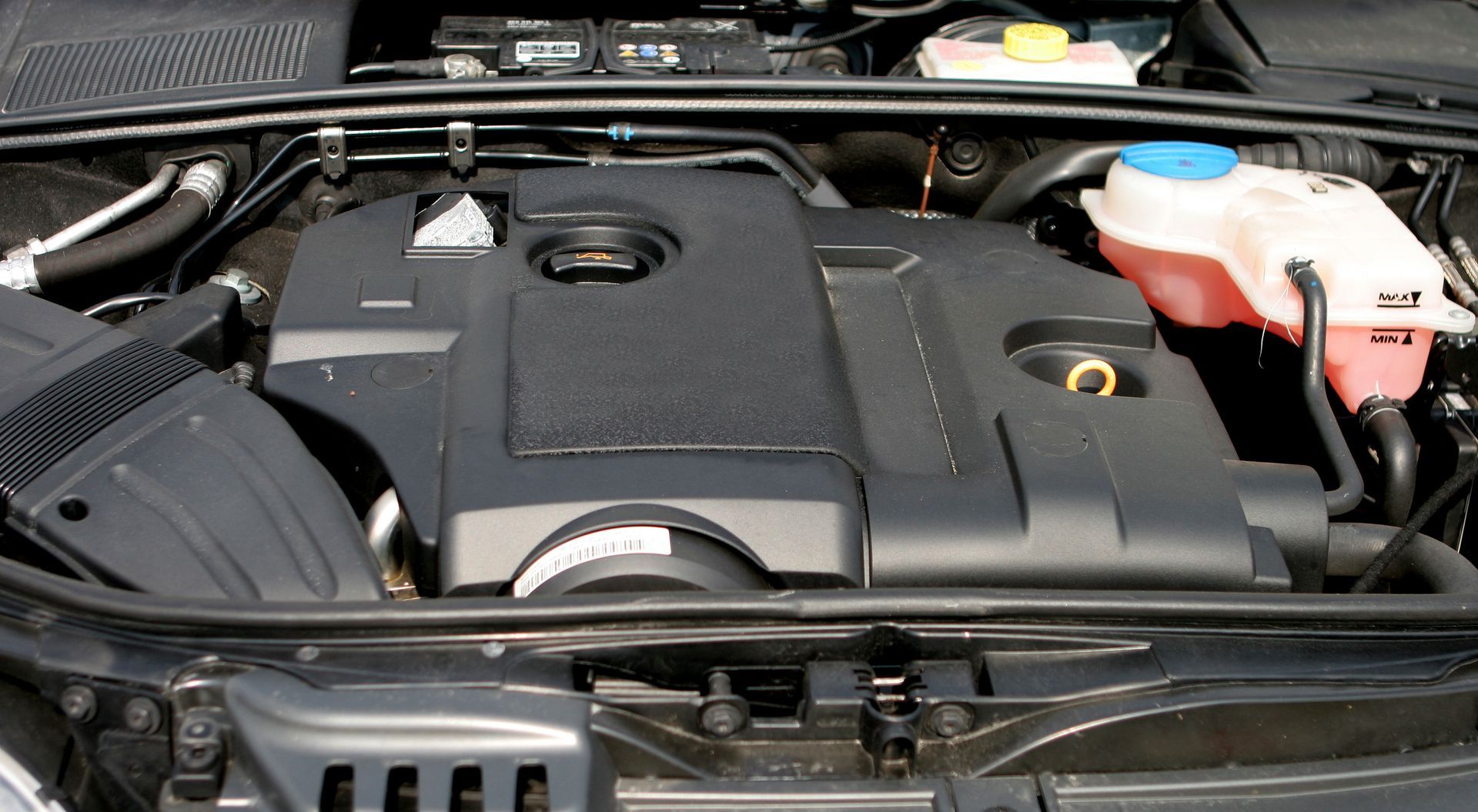A blown head gasket can quietly sabotage your engine before you even realize what’s happening. It’s one of the most serious and expensive engine problems a vehicle can face, but there are usually early warning signs. Catching them quickly can prevent total engine failure and save you from a major repair bill.
Here are five signs that could indicate your head gasket is failing and why it's important to act fast.
1. White Smoke Coming from the Exhaust
One of the most obvious symptoms of a blown head gasket is thick white smoke pouring from your tailpipe. This usually means coolant is leaking into the engine’s combustion chamber and getting burned along with the fuel.
It may start out as a small puff of smoke after startup, but can quickly grow heavier. The smell may also be sweet due to the burning coolant. This is a red flag and should be checked immediately.
2. Overheating Engine
If your temperature gauge is creeping higher than normal or your vehicle regularly overheats, the head gasket could be the culprit. When the gasket fails, it allows coolant to escape or prevents proper circulation through the engine.
The engine can overheat very quickly in this situation. If ignored, overheating can cause damage to the engine block, cylinder head, and other components, some of which may be beyond repair.
3. Milky Oil or Bubbles in the Radiator
Take a quick look under the oil cap or at the dipstick. If the oil looks milky, foamy, or like a chocolate milkshake, it’s likely contaminated with coolant. That usually points to a blown head gasket.
On the other hand, if you see bubbles forming in the radiator or coolant reservoir while the engine is running, exhaust gases could be leaking into the cooling system. These two fluid systems should never mix. When they do, engine damage is right around the corner.
4. Poor Engine Performance
A blown head gasket can also affect how your engine runs. You might notice the engine running rough, especially at idle. There could be a loss of power or hesitation during acceleration. In more severe cases, the car might misfire, stall, or refuse to start altogether.
If your check engine light is on and the car isn’t running as smoothly as usual, it could be more than just spark plugs or a fuel issue. Head gasket failure can mimic a variety of other problems, so proper diagnostics are key.
5. Coolant Loss with No Obvious Leak
Are you constantly refilling your coolant, but there’s no visible leak on the ground? It may be leaking internally due to a failing head gasket. Since the coolant is being burned inside the engine or leaking into the oil, it doesn’t drip outside where you can see it.
If you’re topping off coolant more than once every few weeks, especially if you're also experiencing any of the signs above, have your vehicle inspected.
Why Early Diagnosis Is So Important
Once a head gasket fails completely, it can’t do its job of sealing the combustion chamber and fluid passages. This can quickly lead to warping of the cylinder head, internal damage to the engine, and thousands of dollars in repair costs.
Early diagnosis and repair can sometimes prevent the need for a complete engine rebuild or replacement. The sooner a qualified technician can check it, the better your chances of avoiding long-term damage.
Have Your Engine Inspected at America’s Service Station in Alpharetta, GA
If you’ve noticed any of these symptoms, don’t wait to see if they get worse. At America’s Service Station in Alpharetta, GA, our technicians can perform pressure testing, check for combustion gases in the cooling system, and confirm whether your head gasket is still intact.
We’ll give you honest answers and clear next steps to keep your vehicle safe and reliable. Schedule a visit today for peace of mind on the road.


